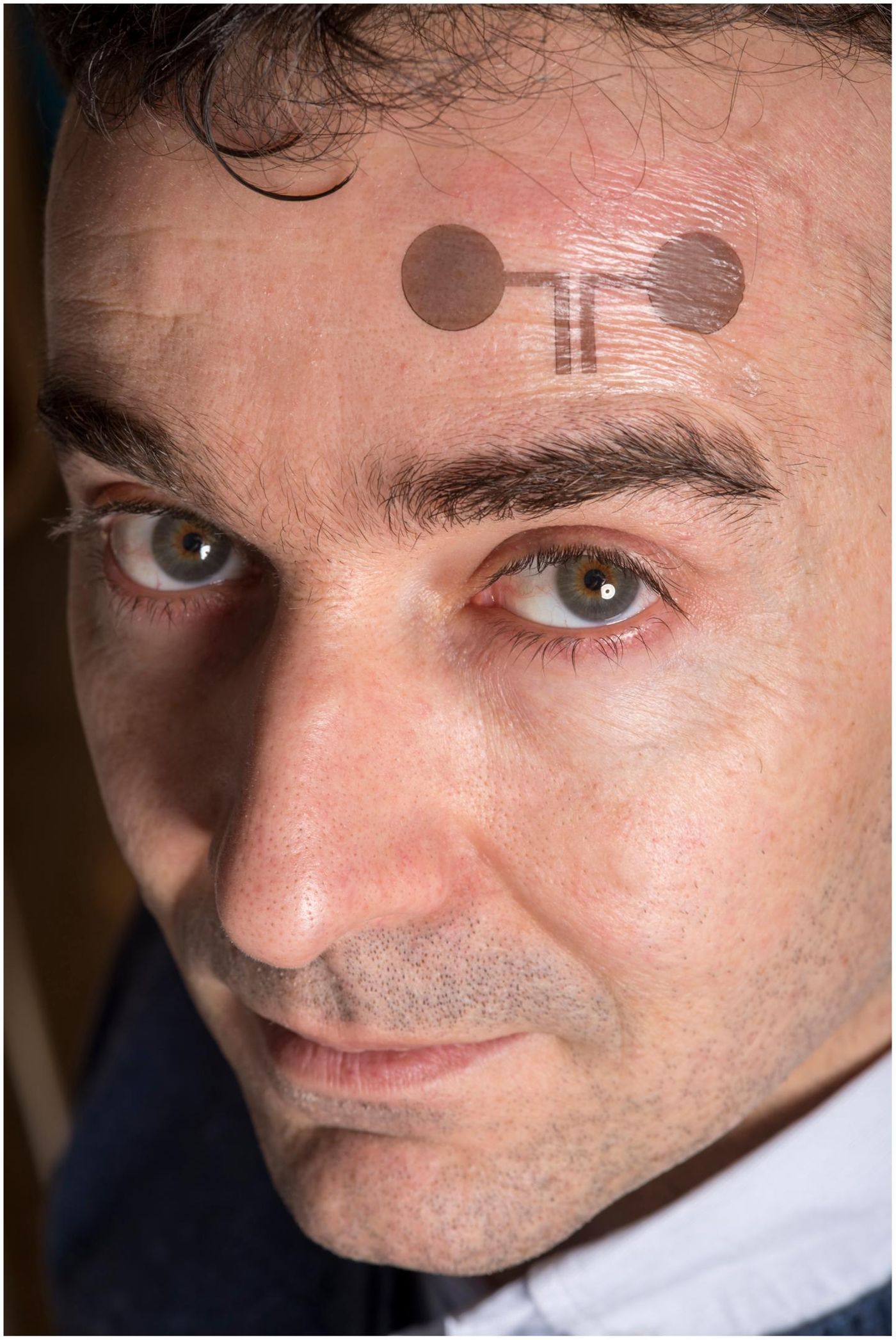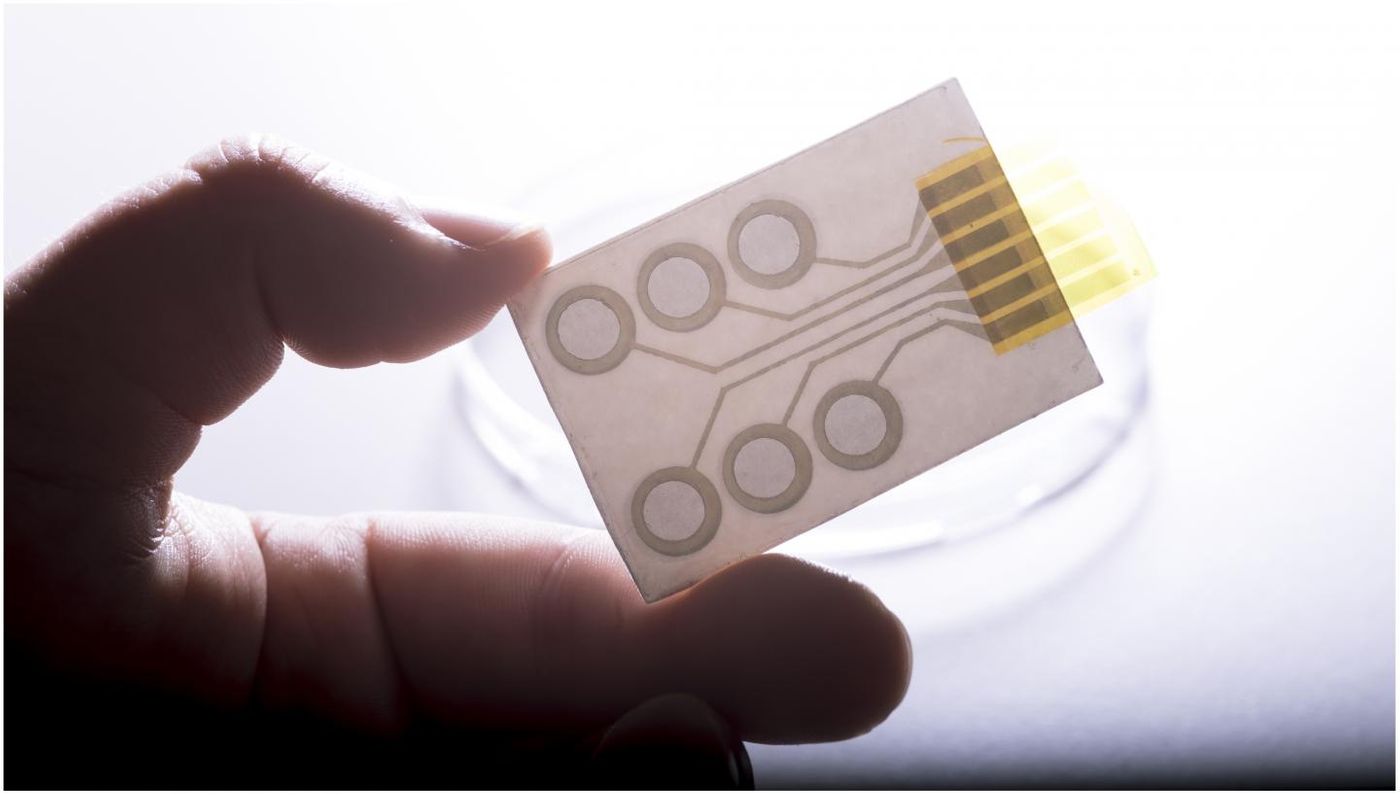Printed Tattoo Electrodes Transmit Human Heart Impulses
Diagnostic electrodes for measuring electrical impulses from the heart and muscles are uncomfortable for patients and dry out quickly. So scientists from the Graz University of Technology made a version of the technology that would be easier to work with: printed tattoo electrodes.
Printed tattoo electrodes make certain long-term medical diagnostics possible. For example, electrodes can transmit data from an electrocardiogram (ECG) or electromyography (EMG) to a computer for analysis.
An ECG is a test measuring the electrical activity of the heart, determining how much of and how long an electrical wave takes to pass through the heart. Is the electrical activity normal, slow, fast, or irregular? Is the heart muscle abnormally enlarged or working too hard?

"We are working on the development of wireless tattoo electrodes with integrated transistor which would make it possible to both send and receive signals,” explained materials scientist Francesco Greco. “Not only could we measure impulses using this method, but we could also stimulate body regions in a targeted way."
Greco and his team made the tattoo electrodes by printing conducting polymers on commercial temporary tattoo paper. It is possible to make electrodes in different sizes and multiple arrangements as well as to adapt each tattoo to a specific place on the body.
The tattoo electrodes are applied to the skin just like you would with a temporary tattoo with a fun picture on it. And if something like the growth of a hair through the tattoo disturbs the electrodes, conductivity of the electrode and signal transmission remains stable, making the technology especially useful for long-term measurements. In their studies, researchers successfully tested the tattoo electrodes for three days. With this diagnostic option, patients getting tested can go about their everyday activities.
"With this method we have managed to take a big step forward in further developing epidermal electronics,” Greco said. “We are on a direct road to making an extremely economical and simple as well as versatile applicable system which has enormous market potential."
The present study was published in the journal Advanced Science.
Sources: American Heart Association, Johns Hopkins Medicine, Graz University of Technology









